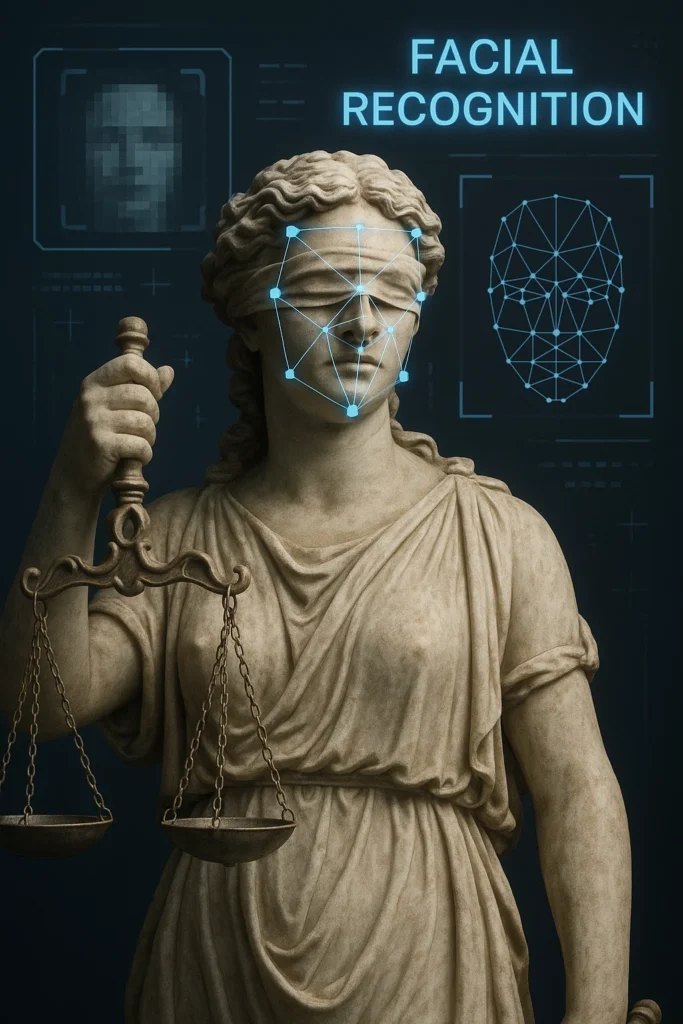The courts in India, which have been long burdened by overwhelming caseloads and procedural delays, is undergoing a major revolution. In Delhi, the integration of Artificial Intelligence technology (AI) into the legal system is aiming to streamline the processes, enhance its efficiency, and paving the way for a more accessible justice system.
Delhi’s Judicial Landscape: A Snapshot
Delhi’s courts are dealing with massive backlog of cases with almost 15 lakh cases are pending. Notably, the Delhi High Court functions with less than one judge per 10 lakh population of India on an average, thereby emphasizing the need for institutional and systemic reforms.
AI Innovations Reshaping the Courts
As India’s judicial system endeavors to change the existing system and eliminate massive backlogs of cases, artificial intelligence technology emerges as a transformative tool to speed up the courtroom process and to improve legal research and accessibility. The AI technology is being integrated into many aspects of the judicial system and transforming it in the following ways:
- Pilot Hybrid Courtrooms
A breakthrough moves happened in Delhi with the introduction of first ‘Pilot Hybrid Court’ at Tis Hazari Court, well equipped with AI-driven speech-to-text technology. This initiative aims to alleviate the shortage of stenographers and expedite the transcription process. Justice Manmohan stressed upon the potential of such technology to reduce delays and enhance judicial efficiency.
- Adalat AI: Automating Legal Workflows
Another invention is Adalat AI, co-founded by lawyer Utkarsh Saxena, which provides machine learning solutions to automate routine judicial tasks. By handling administrative duties, the platform helps judges to focus on critical decision-making, thereby reducing unnecessary delays caused by logistical tasks.
- SUPACE and SUVAS: Enhancing Research and Accessibility
There are two main AI based tools namely, SUPACE (Supreme Court Portal for Assistance in Court’s Efficiency) and SUVAS (Supreme Court Vidhik Anuvaad Software), which are used in Supreme Court to provide assistance in legal research and translation, respectively. These tools simplify case analysis and bridge language barriers, thereby enhancing inclusivity in the judicial system.
Benefits of AI Integration
The integration of artificial intelligence in the judicial system is not just an upgradation of the technology, rather a deliberate step to improve the efficiency, inclusiveness, and responsiveness of judicial proceedings. Key advantages include:
- Efficiency Gains: AI accelerates tasks like legal research and document analysis, reducing the time required for case preparation.
- Resource Optimization: Automating routine tasks allows judicial staff to allocate time to more complex responsibilities.
- Enhanced Accessibility: Translation tools like SUVAS make legal proceedings more accessible to non-English speakers.
Challenges and Ethical Considerations
Though the assimilation of AI technology in the judicial system holds big promises, yet it brings many issues such as data protection, fairness, and transparency along with it which need to be sincerely addressed to guarantee the responsible and ethical usage of the AI technology as well as maintaining the public trust and upholding the integrity of the judicial system. The major challenges that may arise with the integration of AI technology in the judiciary are given below:
- Data Privacy: AI systems handle sensitive information, necessitating robust data protection measures.
- Algorithmic Bias: AI models trained on historical data may perpetuate existing biases, affecting the fairness of outcomes.
- Transparency and Accountability: Ensuring that AI decisions are explainable and that accountability mechanisms are in place is crucial.
The Road Ahead
The incorporation of Artificial Intelligence technology in the judicial system by Delhi Courts marks a significant step toward modernizing India’s legal system. While challenges persist, the continued development and ethical implementation of AI technologies hold the promise of a more efficient, accessible, and fair judiciary.
REFERENCES:
- https://indiaai.gov.in/article/from-backlogs-to-breakthroughs-the-integration-of-ai-in-india-s-judiciary?utm_source=chatgpt.com “From Backlogs to Breakthroughs: The Integration of AI in India’s Judiciary”
- https://www.linkedin.com/pulse/ai-powered-hybrid-courtroom-speech-to-text-technology-advisories-f6mte?utm_source=chatgpt.com “AI-Powered Hybrid Courtroom with Speech-to-Text Technology – Delhi Courts”
- https://timesofindia.indiatimes.com/city/delhi/ai-takes-legal-action-delhi-gets-first-pilot-hybrid-court-heres-how-it-will-work/articleshow/111875546.cms?utm_source=chatgpt.com “‘AI takes legal action’: Delhi gets first ‘pilot hybrid court’; here’s how it will work | Delhi News – Times of India”
- https://www.hindustantimes.com/editorials/timely-justice-in-india-can-ai-be-the-answer-101743519941820.html?utm_source=chatgpt.com “Timely justice in India: Can AI be the answer? – Hindustan Times”
- https://csriprnusrl.wordpress.com/2021/09/19/artificial-intelligence-in-indian-judicial-landscape-a-panacea-for-an-overburdened-judiciary/?utm_source=chatgpt.com “ARTIFICIAL INTELLIGENCE IN INDIAN JUDICIAL LANDSCAPE: A PANACEA FOR AN OVERBURDENED JUDICIARY – Center for Study and Research in Intellectual Property Rights [CSRIPR], NUSRL”

